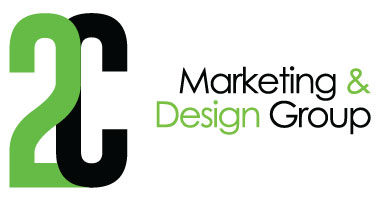How Turning Features into Benefits Can Increase Enrollments
So, you just built a brand-new playground at your child care center – or, maybe you just had new flooring installed at your dance studio.
You’ve added these things to your marketing materials and web site, but you’re not seeing the mad rush of enrollments you were expecting. How can it be that no one is as excited about these new features as you are?
Is it possible you’re guilty of feature-only marketing?
In order for your marketing to be effective, you need to include features AND benefits.
What’s the Difference between a Feature and a Benefit?
A FEATURE is a surface statement about your program and/or facility.
It’s the “security coded entryway” at your studio or the “indoor gym” at your child care center.
A BENEFIT illustrates the end result of those features. It’s what the parent and/or child “gets” out of the feature.
For example, a benefit of your studio’s secure entryway is the safety of the dance students inside. No one can enter without a code and there is a log of everyone entering/exiting the building.
A benefit of your child care center’s indoor gym is that the children can consistently build gross motor skills, regardless of the weather.
See how that works?
A benefit speaks directly to a problem or concern that the feature addresses.
But can’t parents figure out the benefits on their own?
Sure. Maybe. Probably. BUT…
…by only listing the features of your program, it’s left to them to decide what those features mean for their child and themselves. Are they going to understand that those new floors in your studio mean less chance of injury for their child, or are they just going to say “Hey, those floors look nice and shiny?”
Benefits help tell your brand story.
By excluding benefits in your marketing, you’re also missing out on a chance to tell your story to your target audience.
For example, if your child care staff recently completed a course such as Educating the Heart Through Nature Art, the feature may be that you’ve incorporated nature-based learning in to your curriculum.
If your ideal customer avatar is an all-organic, nature-loving parent, they want to know what that means!
Tell them the story behind this new element in your curriculum. For example, tell them you’ve added nature-based activities to their child’s day to foster their creativity and imagination while helping them discover their connection with the planet.
That speaks directly to your target parent and doesn’t leave them to decipher what the “nature-based activities” bullet-point on your brochure means!
It also establishes a connection point between you and the parent.
That’s what all of this is about, right?
So, where do we start?
Luckily, any feature can turn in to at least one benefit. All you have to do is tell parents how the feature will benefit them and their child.
Seriously. It’s that simple.
A good way to start is by listing out the features of your program. Take a look at your existing materials if that helps get the marketing mojo moving.
Then list out as many benefits as you can for each feature. Keep your ideal customer in mind while doing this to really tailor your messaging.
Now tell your story!
Explain to the parent touring your child care center that you’ve added extended hours to accommodate their work schedule.
Let the parent reading the flyer for your after-school program know that you have shuttle buses from their child’s school so they don’t have to worry about transportation.
Do you have any stories about your experience with features vs. benefits? We’d love to hear them in the comments.
Until next time – Be Well. Be Happy. Shape Minds.
- Tom
p.s. For more elaborate ways to flesh-out your programs’ benefits, type the phrase “feature-benefit matrix” in your favorite search engine.

